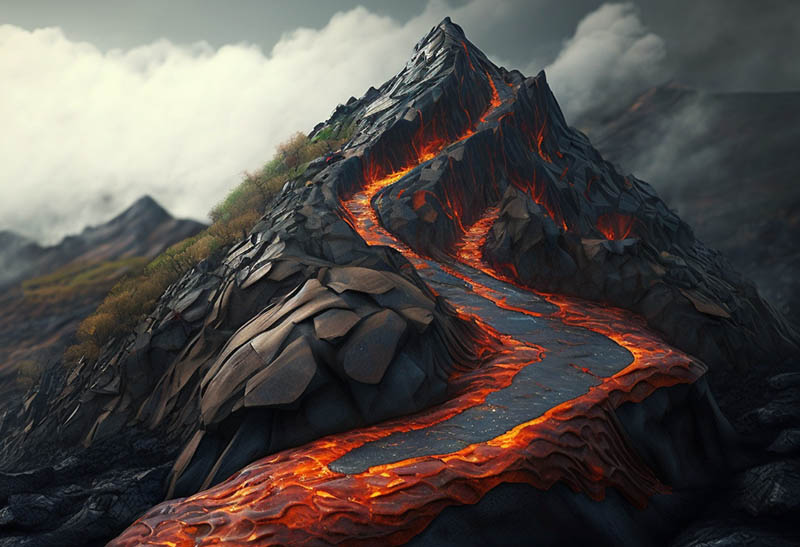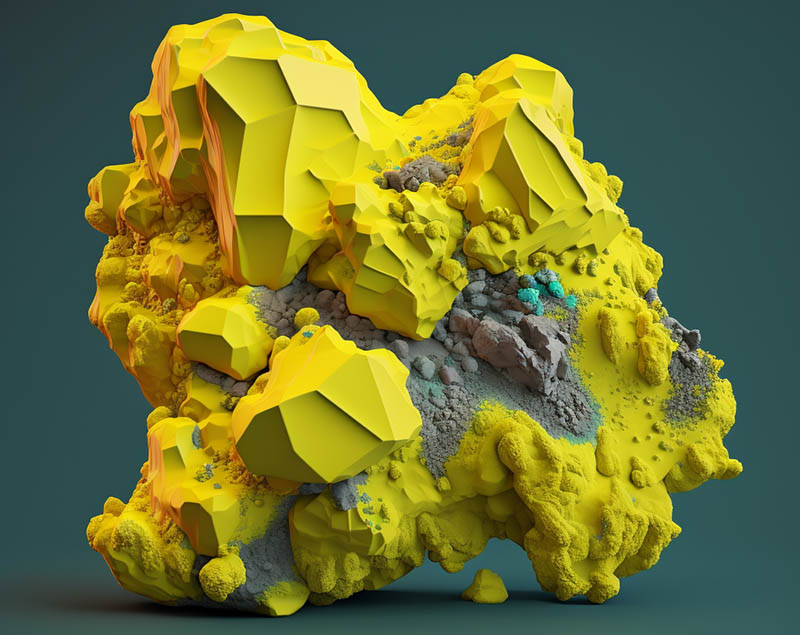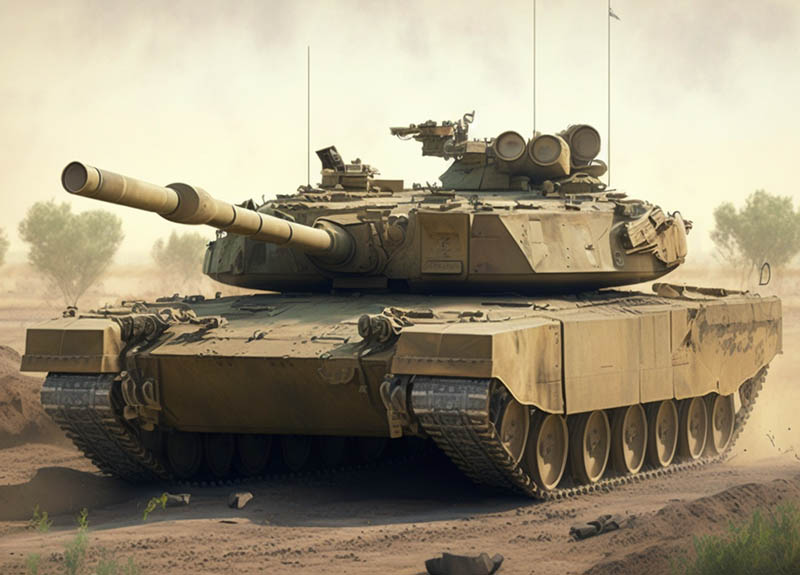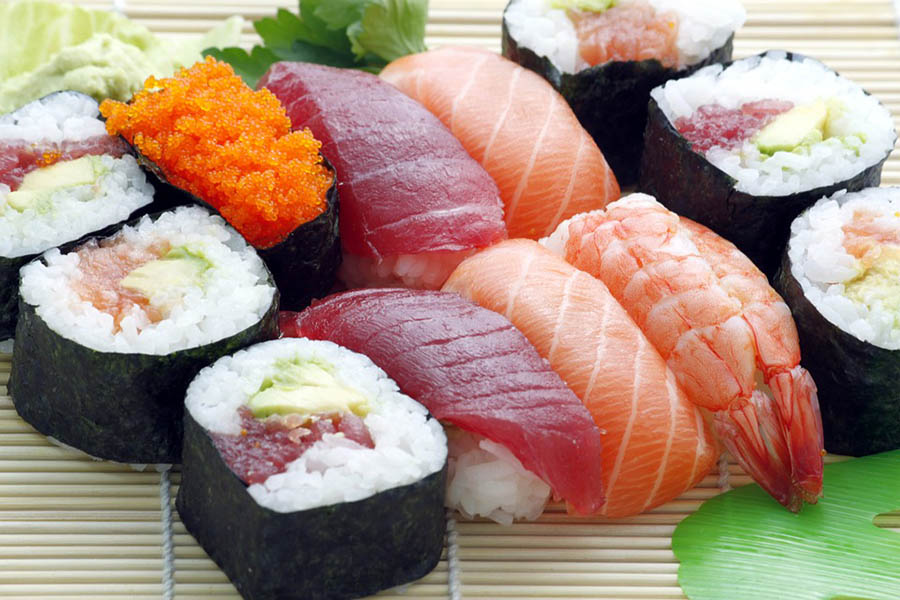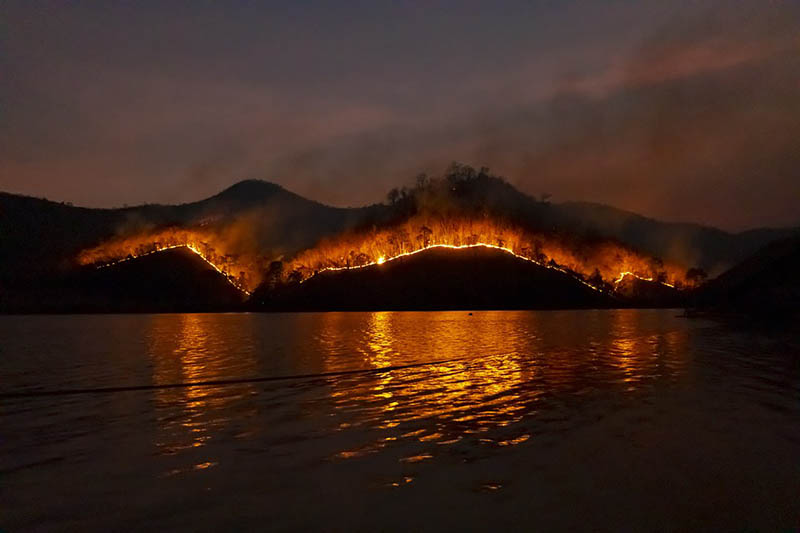Volcanic lava is extremely dangerous and incredibly hot. But it is also very beautiful, so there are always some people who are ready to come recklessly close.
What is it?
Lava is molten rock that has erupted from a volcano or fissure onto the Earth’s surface. It can range in temperature from 1,200 to 2,200 degrees Fahrenheit and can flow for many miles before solidifying.
Two different types
There are two main types of lava: mafic and felsic. Mafic is dark in color and contains a high amount of magnesium and iron. Felsic one is light in color and contains a high amount of silica.
Lava Flow Speed
Lava can flow at different speeds, ranging from a few feet per hour to more than 30 miles per hour. The speed of the flow depends on the viscosity and temperature.
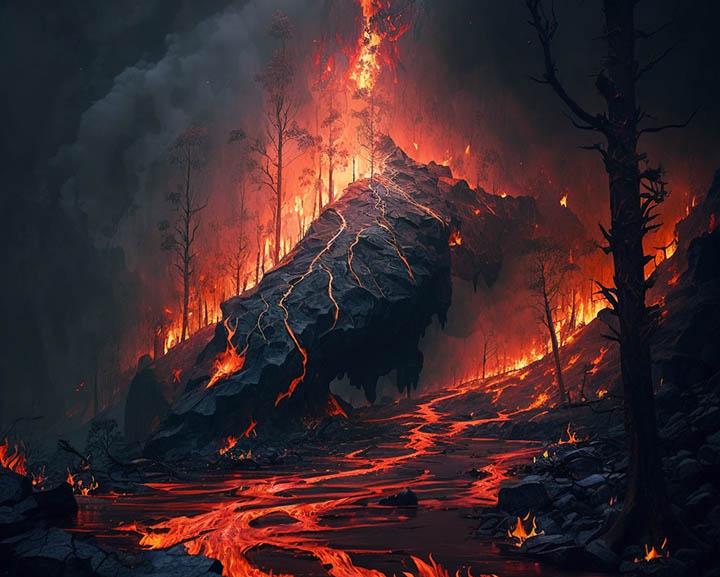
Fact About Lava Tubes
Lava tubes are tunnels that form when the outer surface of a lava flow cools and hardens while the molten lava inside continues to flow. These tubes can range from small crawl spaces to large underground caverns.
Lava Fountains
Lava fountains are vertical jets of lava that can shoot several hundred feet into the air. They are caused by the release of gases from the magma beneath the Earth’s surface.
Super Hot
Combustible objects usually burst into flames even before the lava actually touches them. Yeah, it’s THAT hot.
On Other Planets
Lava flows have been observed on other planets, including Venus and Jupiter’s moon, Io. These flows provide valuable insights into the geology and volcanic activity of these planets.
Agriculture
Lava is rich in minerals and nutrients, making it a great natural fertilizer for agriculture. In areas with abundant volcanic activity, such as Hawaii and Iceland, lava is often used to improve soil fertility and crop yields. The slopes of Mount Etna in Italy are also densely populated because the soil around this volcano is very fertile.
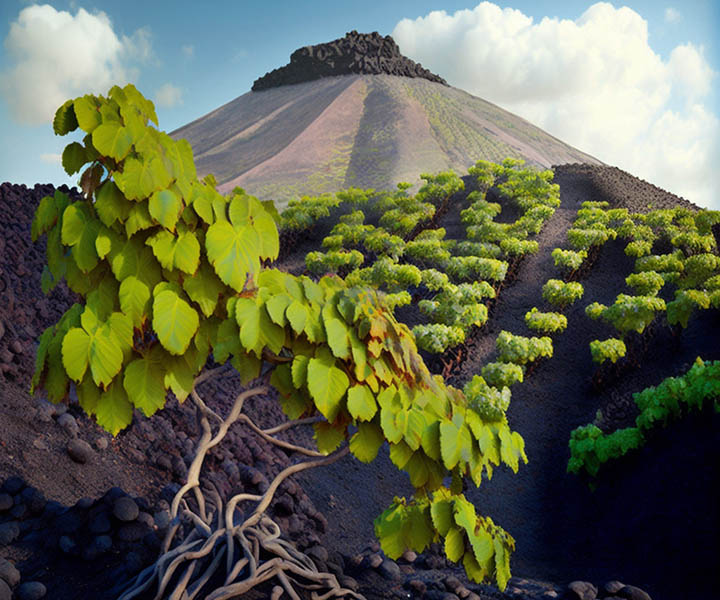
Lava Bombs
Lava bombs are large chunks of molten lava that are ejected from a volcano during an explosive eruption. They can travel several miles from the volcano and can cause significant damage.
Lava Fountains
Lava fountains are vertical jets that can shoot several hundred feet into the air. They are caused by the release of gases from the magma beneath the Earth’s surface.
5 Facts About Lava Rocks
Formation
These rocks are formed from solidified lava. When lava flows and cools, it hardens into rock.
Composition
Lava rocks are made up of minerals that are found in magma, such as basalt, obsidian, and pumice. The exact composition of a rock depends on the type of lava that formed it.
Uses
Lava rocks are commonly used in landscaping and hardscaping projects, such as creating pathways, edging, and decorative features. They are also used as a natural filtration medium in aquariums and water features.
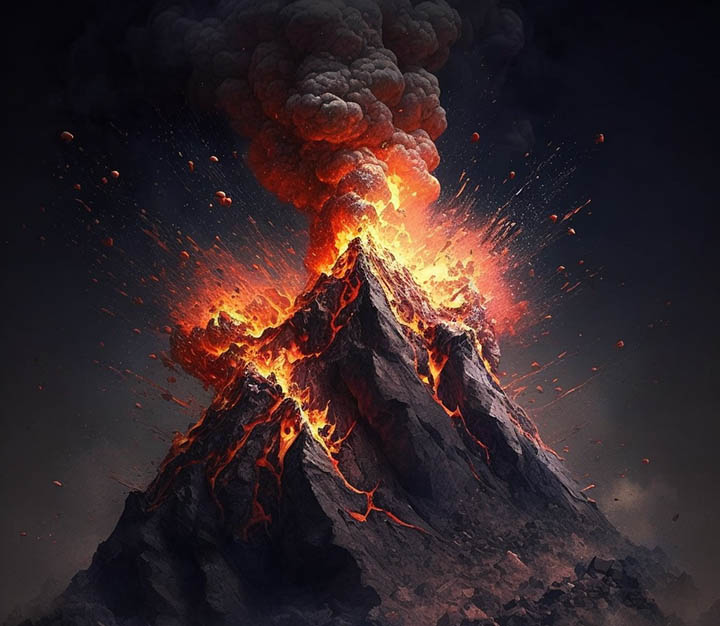
Properties
Lava rocks are lightweight, porous, and have a rough texture. They can hold onto moisture and are known for their ability to retain heat, which makes them a popular choice for use in fire pits and other outdoor heating features.
Spiritual Significance
These rocks are often used in spiritual practices, such as meditation and energy healing. They are believed to have grounding properties and to help with emotional balance and stability.
5 Facts About Lava Lakes
What is that?
Lava lakes are pools of molten lava that form within a volcanic crater. These lakes can be several hundred feet deep and can be a stunning sight to see. They are formed when a vent or fissure in a volcano releases magma, which pools and solidifies on the surface of the volcano. Over time, the magma can melt and form a lava lake.
Are they active?
These lakes are often very active and can be constantly churning and bubbling as new magma rises to the surface. This can create spectacular visual displays, including fountains of lava and explosions.
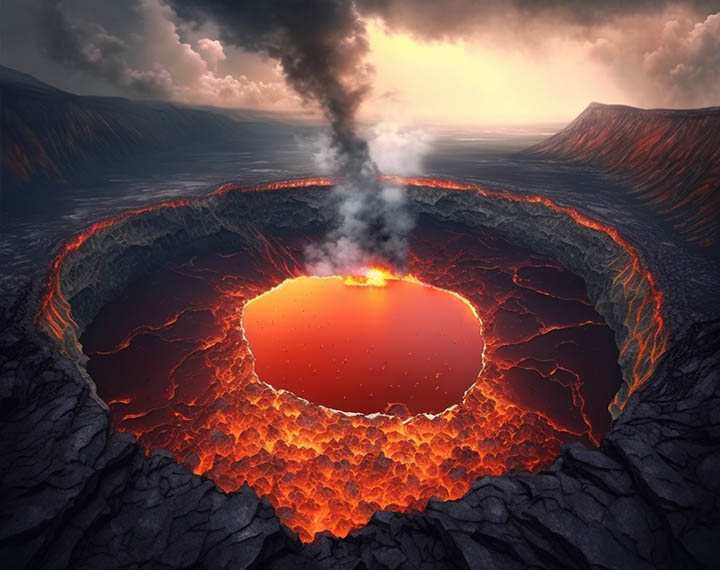
Danger!
Lava lakes can be extremely dangerous and should not be approached by non-experts. The high temperatures and toxic gases can cause severe burns, respiratory problems, and even death.
They Are Rare
Only about 18 volcanoes around the world have persistent or periodic lava lakes. For example, Nyiragongo in the Democratic Republic of Congo, Erta Ale in Ethiopia, Kīlauea in Hawaii, and Mount Erebus in Antarctica.
Scientific Importance
Lava lakes are of great scientific interest because they provide insight into the inner workings of volcanoes and the behavior of magma. By studying the activity of lava lakes, scientists can learn more about the factors that trigger volcanic eruptions and the dynamics of magma flow.
